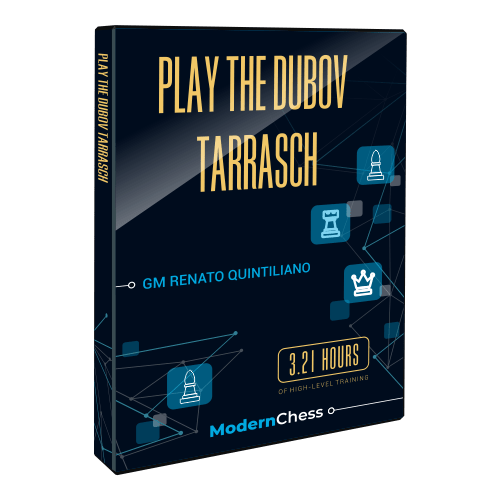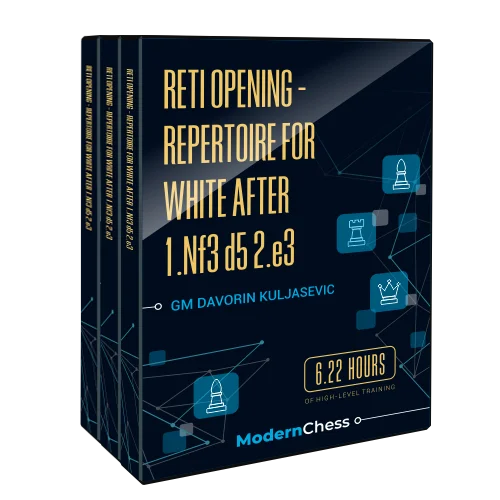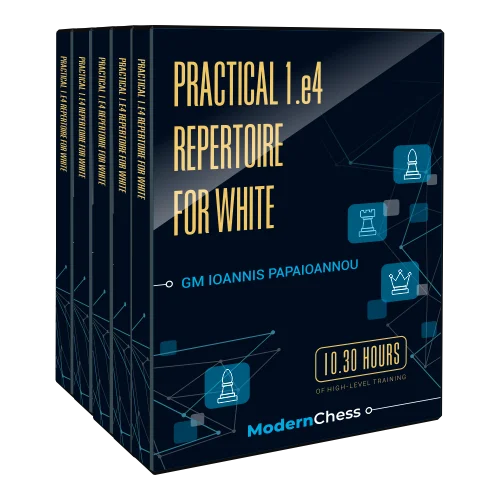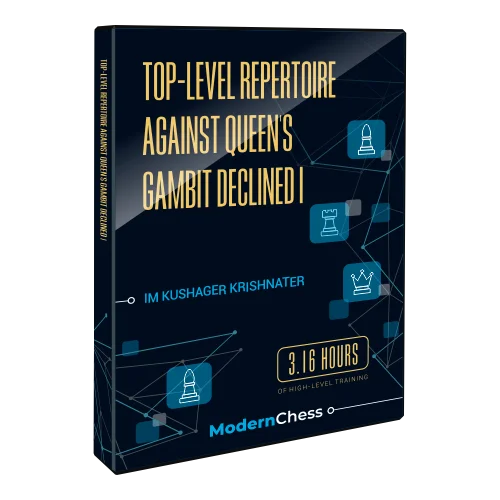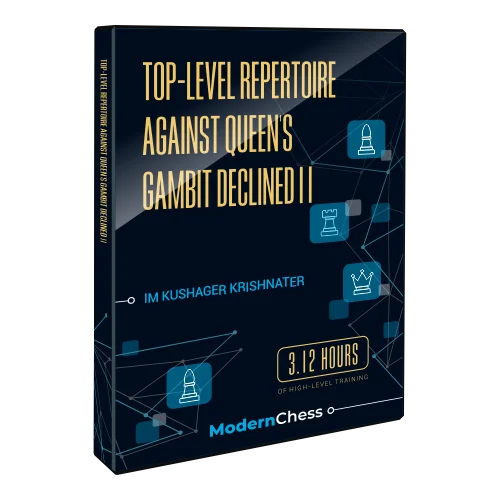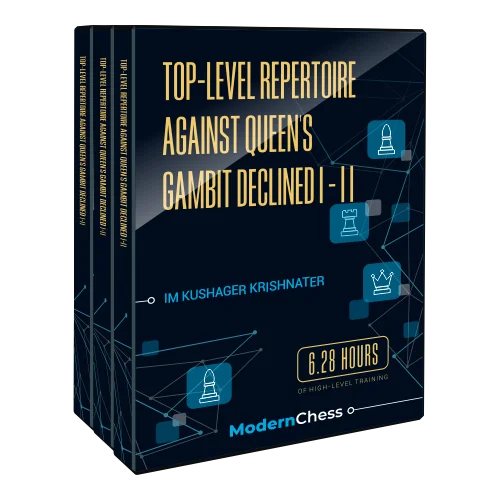The workshop of GM Renato Quintiliano - Play the Dubov Tarrasch is already a digital product. This research provides a complete repertoire for Black after 1.d4 d5 2.c4 e6 3.Nc3 c5. The database consists of 8 huge theoretical chapters, 16 interactive test positions, a Memory Booster, and a Video Version.
The workshop of GM Renato Quintiliano – Play the Dubov Tarrasch is already a digital product. This research provides a complete repertoire for Black after 1.d4 d5 2.c4 e6 3.Nc3 c5. True to his analytical approach, GM Quintiliano submits the arising positions to in-depth analysis. In this database, you will find many new ideas and fresh positions.
The database consists of 8 huge theoretical chapters, 16 interactive test positions, a Memory Booster, and a Video Version.
Preview by the Author:
The starting position of my research arises after 1.d4 d5 2.c4 e6 3.Nc3 c5:
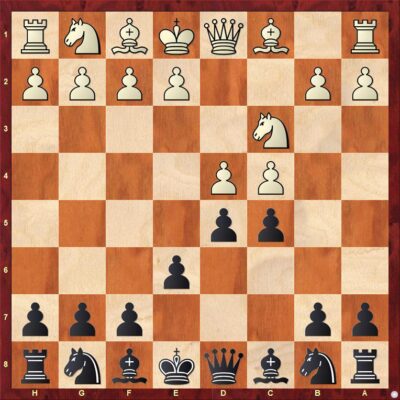
In this database, I’ve decided to analyze an opening that has caught my attention recently: the Tarrash Defence. As a 1.d4 player, I’ve always considered it a bit suspicious and positionally risky, as theory had already shown more than one path to obtain a safe advantage for White. Well, it turns out that things are not as simple as I thought.
At this point, White’s main move is 4.cxd5. The sideline 4.Nf3 is seen in Chapter 7. In order to offer a complete repertoire for Black in this database, I’ve analyzed 4.e3 in Chapter 8. With this move, White intends to avoid forcing continuations and look for a positional battle in the middlegame. Nevertheless, by making use of a smart move order we kind of force White to enter “our” territory anyway.
The first crossroads arises after 4.cxd5 exd5:
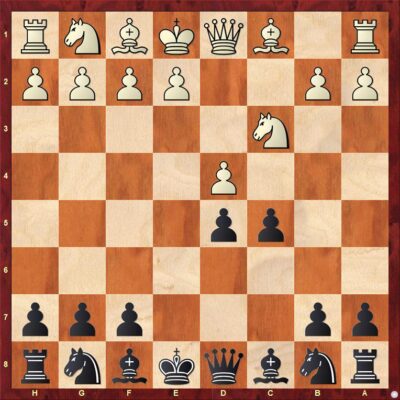
In this position, White almost exclusively plays 5.Nf3.
Nevertheless, in Chapter 1 we start by checking 5.dxc5?! d4 6.Na4 b5! 7.cxb6 axb6 when despite being a pawn up, the knight on the edge brings some practical problems for White.
After 5.Nf3 Black obviously follows with 5…Nc6:
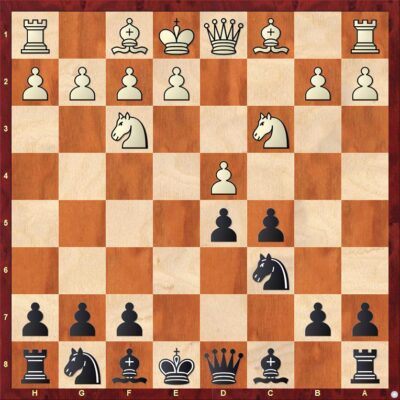
Here, White’s main line is 6.g3.
The move 6.dxc5!? is clearly a better version compared to the previous note. This is a very popular alternative for White, as in order to regain the pawn Black is forced to play 6…d4 7.Na4 Bxc5 8.Nxc5 Qa5+
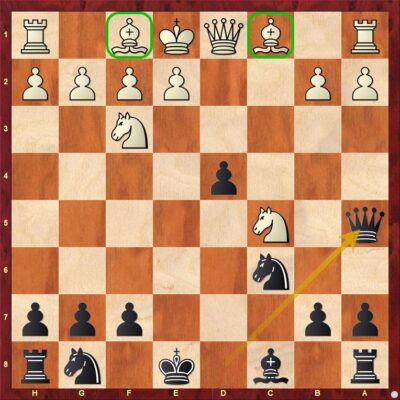
Black is leaving White with the bishop pair. Although that can be considered a small plus, in practice it doesn’t seem much to me. Black has a free development and the structure tends to become symmetric as White should play e2-e3 sooner or later to get some open lines for the pieces. Further simplifications are likely to take place as well, usually leading to a balanced endgame. White has tried many different ideas to prove an advantage in this line, but I think I managed to solve Black’s problems satisfactorily against all of them in Chapter 2.
In response to 6.g3, Black follows with the obvious 6…Nf6.

At this point, besides the natural 7.Bg2, White can also play 7.a3.
Actually, 7.a3 seems the most promising option for White from all lines seen in Chapter 7. The idea is to get a slightly improved version of the main lines seen in Dubov’s Tarrasch (Chapters 3-6). However, a recent game by Giri shows that Black gets a good game by natural play, as White stands one tempo short of stabilizing the position and getting an advantage.
The main starting position of the Dubov Tarrasch is being reached after 7.Bg2 cxd4! 8.Nxd4 Bc5!

Although this move order had been seen in a few games, it became really popular after Dubov played it in some games in 2019. In those games, he showed a modern approach to Black and introduced many interesting ideas. Soon after that the Tarrasch became a trend again and became more popular in tournaments. After studying this position more carefully I’m convinced that it’s a totally playable alternative for Black.
White’s main option here is 9.Nb3.
In Chapter 3 we analyze alternative 9.Nxc6 bxc6 10.0-0 0-0 11.Na4:

White has a typical plan here: to establish a firm grip on c5, then prepare the pressure on the c-file. The right way to face White’s idea is to look for active counterplay on the other flank. In this chapter, we already see a nice idea for Black, which turns out to be very thematic in the following chapters.
The next crossroads arises after 9.Nb3 Bb6:
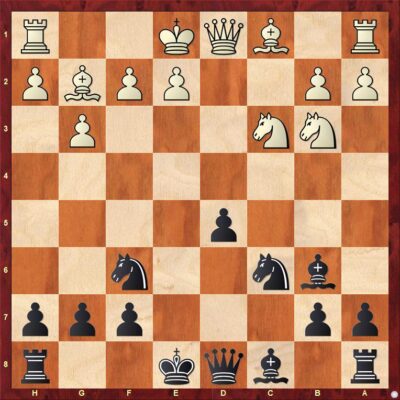
Here, White’s most promising continuation is 10.0-0.
The point that makes this line playable is that 10.Nxd5 gives too much compensation for Black. Still, it’s important to know the right way of exploiting that compensation, so I’ve analyzed it in Chapter 4.
White also has the option of 10.Na4 aiming to exchange on b6 and to achieve a solid blockade on d4. The drawback is that the same exchange gives Black an extra option, which in combination with the typical ideas on the kingside is enough to pose unpleasant practical problems for White. You can see these ideas in Chapter 5.
The absolute main line goes 10.0-0 d4! 11.Na4 0-0 12.Bg5 Re8!? 13.Re1 h6 14.Bxf6 Qxf6 15.Nxb6 axb6 16.Bxc6 bxc6 17.Qxd4 Qd8!
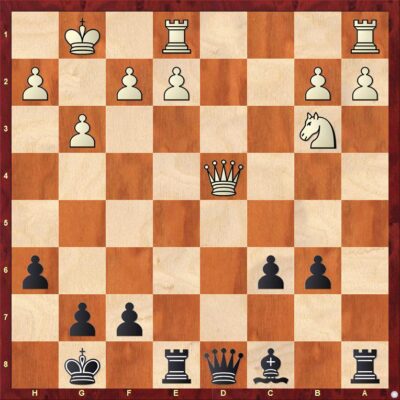
Black’s last move might look a bit strange, but it’s the best reply. Now White has to decide whether to keep queens or not on the board. In any case, despite having a pawn advantage it’s not easy to make use of this advantage, as Black’s pieces are very active, with pressure on the e and a-files and potentially strong play on the light squares. On the top, White has a difficult time trying to reroute the knight, which is misplaced on b3 by now. I’ve analyzed some possible developments of this position in detail in Chapter 6, but in practice, Black’s compensation seems good enough to keep the balance.
Outline:
Introduction
Chapter 1. 5.dxc5
Chapter 2. 6.dxc5
Chapter 3. 9.Nxc6
Chapter 4. 9.Nb3 Bb6 10.Nxd5
Chapter 5. 9.Nb3 Bb6 10.Na4
Chapter 6. 9.Nb3 Bb6 10.0-0
Chapter 7. Sidelines
Chapter 8. White plays e3
About the Author:
GM Renato Quintiliano [FIDE 2506]
is a Semi-Slav Defence expert himself, has been playing this opening with both colors for years, and achieved multiple notable victories against multiple 2600+ Grandmasters. He has recently become Grandmaster.
